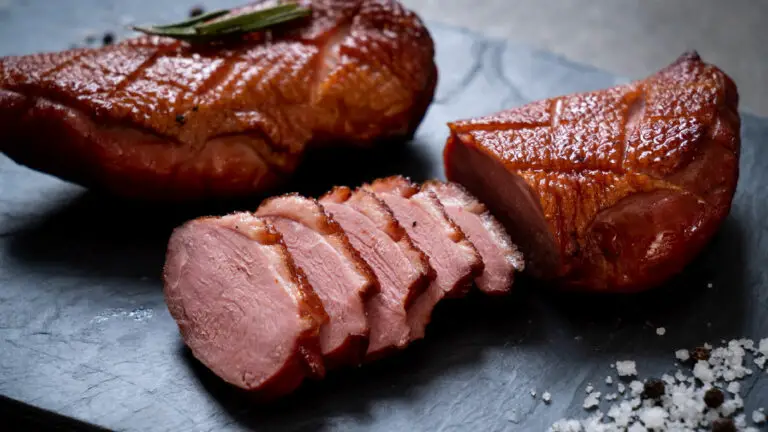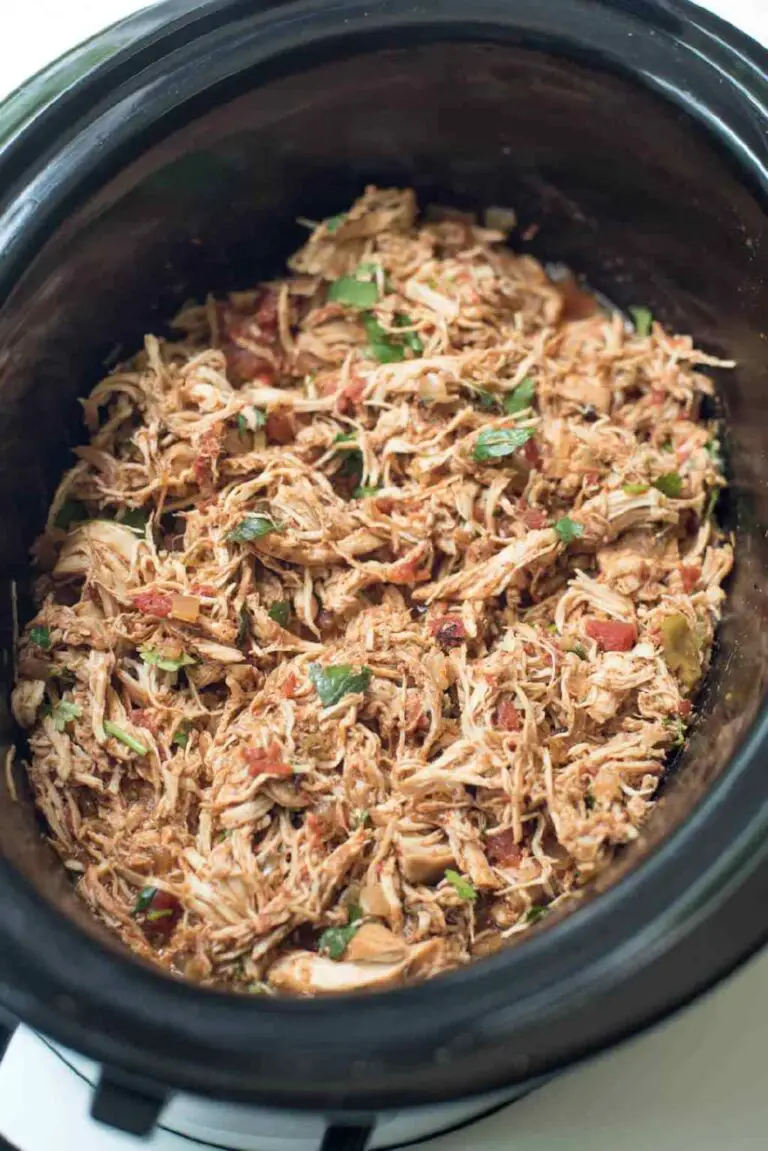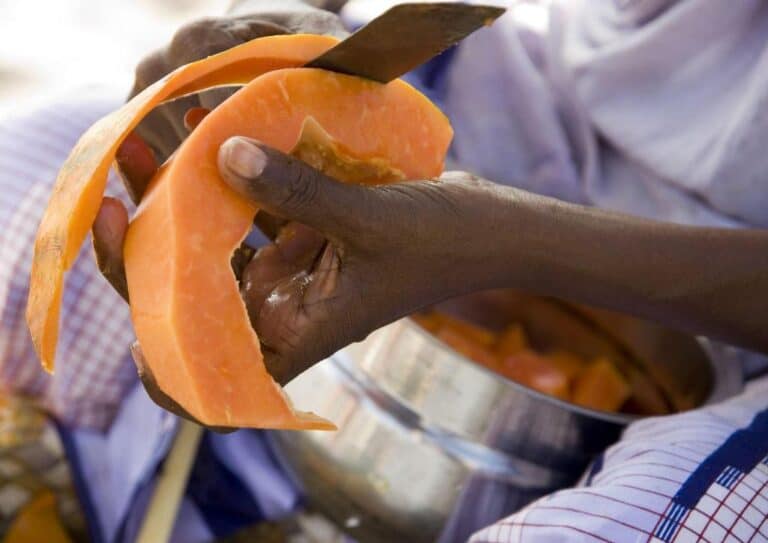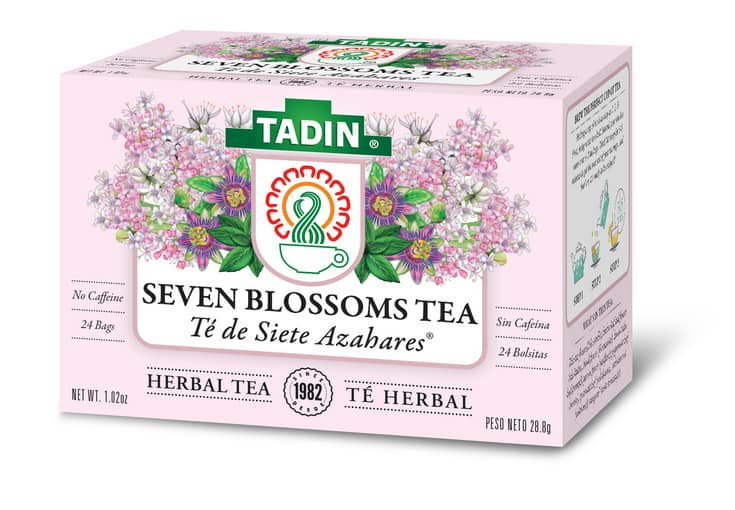Do Koreans Eat Raw Meat and Fish? Exploring Korean Eating Culture

When it comes to culinary traditions, Korea is known for its diverse and flavorful cuisine. Many people around the world enjoy Korean food, which ranges from sizzling barbecue to fiery kimchi.
But one question that often arises is whether Koreans eat raw meat and fish as part of their culinary culture.
In this article, we’ll talk about how raw food is used in Korean cooking, which is a fascinating topic. We’ll also explain this strange way of cooking.
Let’s go on a delicious adventure to find out the truth about this interesting part of Korean food. So, grab your chopsticks and join us as we take a closer look at this culinary phenomenon that’s making waves on social media and beyond!
Do Koreans Eat Raw Meat and Fish?
Korean food culture is rich and diverse, with a long history of unique culinary traditions that have been passed down through generations. Raw meat and fish are fascinating parts of Korean cuisine that have caught the attention and curiosity of people from other countries.
But do Koreans really eat raw meat and fish? The answer is yes, but it’s more nuanced than a simple yes or no.
The consumption of raw meat and fish in Korean cuisine is not solely based on taste but also has cultural significance and history. In Korean culture, there is a belief that consuming raw meat and fish can provide health benefits such as improving vitality and stamina.
It’s also linked to ideas of cleanliness and freshness, since Koreans have always placed a high value on using seasonal and fresh ingredients in their food.
Furthermore, the practice of consuming raw meat and fish has historical roots in Korea, where preserving food through fermentation and salting was common in the past, and raw consumption was a necessity for survival during harsh winters.
So, Korea has strict rules and regulations about food safety so that people can eat raw meat and fish in restaurants and markets without getting sick. It’s also important for consumers to be aware of the risks and make informed choices when consuming raw meat and fish in Korea.
There are also social and cultural rules about how to eat raw meat and fish in Korean dining settings. For example, it is considered impolite to use your hands to eat raw meat or fish, and chopsticks or other utensils should be used instead.
Additionally, Koreans often emphasize the importance of sharing food and communal dining, so it’s common to order multiple dishes and share them among the table, including raw meat and fish dishes. Raw meat and fish are culturally important parts of Korean food because they are eaten with other people.
Raw Food Culture in Korea
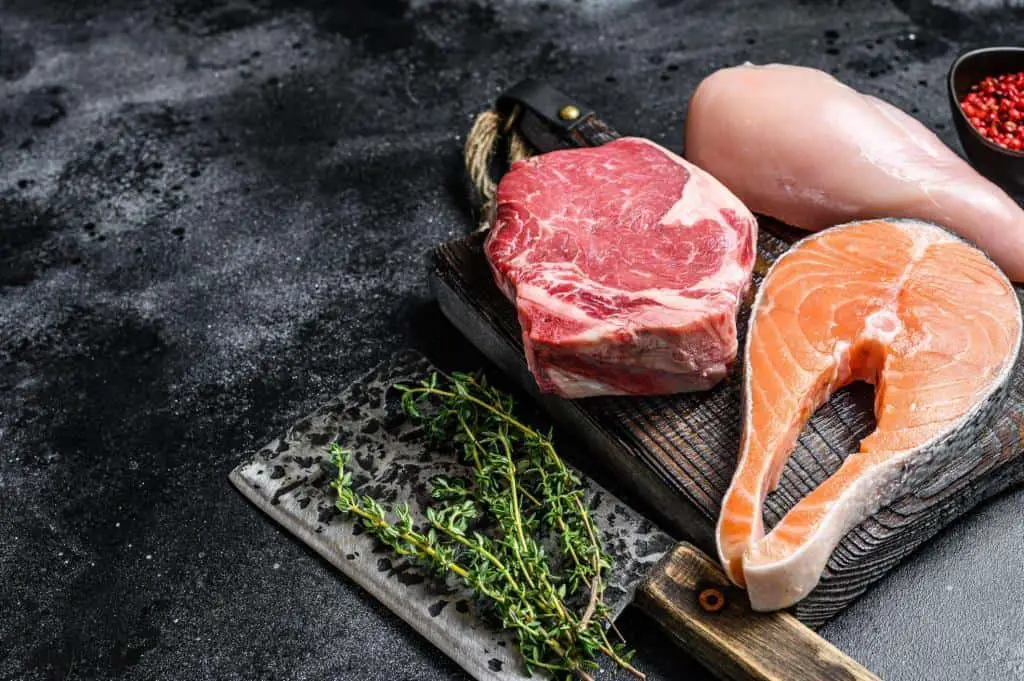
Korea has a long history of eating raw food. Some traditional dishes have been around for hundreds of years. Consuming raw food is not limited to just meat or fish but also includes vegetables and other ingredients.
While raw food is not as prevalent in Korean cuisine as cooked food, there are still several popular dishes that incorporate raw ingredients. Some of the best-known examples include:
- Yukhoe: Yukhoe is a popular Korean dish made with raw beef that is thinly sliced and seasoned with various ingredients such as sesame oil, garlic, and soy sauce. It is often served with a raw egg yolk on top and garnished with ingredients like sliced pear or pine nuts for added flavor and texture.
- Hoe: Hoe refers to raw fish or seafood that is thinly sliced and served with various seasonings such as soy sauce, sesame oil, and chili pepper paste. Hoe is commonly enjoyed as a side dish or as part of a larger spread in Korean cuisine.
- Sannakji: Sannakji is a unique Korean dish that consists of small octopus tentacles that are served raw and still squirming on the plate. The tentacles are typically dipped in sesame oil or soy sauce before being consumed, and the dish is known for its chewy texture and fresh, briny flavor.
- Gobchang: Gobchang is a dish made from raw beef or pork intestines that are cleaned and thinly sliced. The slices are then marinated in a sauce made from fermented soybean paste, garlic, and other seasonings, and served as a popular bar snack or side dish in Korea.
- Namul: Namul is a type of Korean vegetable dish that can be served raw or cooked. Raw namul is typically made by blanching or briefly sautéing vegetables such as spinach, bean sprouts, or bellflower roots, and then seasoning them with sesame oil, garlic, and other ingredients.
Health Benefits of Consuming Raw Meat and Fish
- Higher Nutrient Content: Raw meat and fish are rich in essential nutrients such as proteins, healthy fats, vitamins, and minerals, which can be preserved in their raw state.
- Improved Digestion: Raw food is typically easier to digest compared to cooked food, as it retains its natural enzymes that aid in digestion.
- Increased Flavor Profile: Raw food offers a unique taste and texture experience, allowing the natural flavors of the meat or fish to shine through without the influence of cooking methods.
- Potential Health Benefits: Some studies suggest that consuming raw fish, such as in sushi or sashimi, may have health benefits, such as improved heart health, due to its high omega-3 fatty acid content.
- Cultural Significance: Raw food holds cultural significance in many culinary traditions, including Korean cuisine, and is often enjoyed in social settings, bringing people together and promoting a sense of community.
Health and Safety Considerations
As with any raw food consumption, there are health and safety considerations to keep in mind when it comes to eating raw meat and fish in Korea. Therefore, it is important to ensure that the raw meat and fish are fresh, handled properly, and sourced from reputable suppliers.
WARNING
Raw food can carry risks of foodborne illnesses such as bacterial contamination, parasites, and viruses. Raw meat and fish do come with health considerations and safety precautions. Raw meat and fish can carry harmful bacteria and parasites that can cause foodborne illnesses if not properly handled and prepared.
Most of the time, people in Korea eat raw meat and fish at restaurants or markets that specialize in serving raw food. To make sure their raw food is safe and of good quality, these businesses have to follow strict rules about food safety.
Cultural Significance of Raw Food in Korea
In addition to the health benefits, raw food also holds a special place in Korean culture and social gatherings. Sharing raw food is seen as a communal experience that brings people together, and it is often enjoyed in a social setting with friends, family, or colleagues. Raw food is also often eaten at special events and festivals, like the Korean Lunar New Year (Seollal) and the Harvest Festival (Chuseok), where it has a cultural meaning and is considered a treat.
Moreover, raw food is deeply rooted in Korean culinary history and tradition. Koreans have been consuming raw food for centuries, with some dishes having a long history that has been passed down through generations. These traditional dishes not only show how Korean food tastes and is made, but also remind us of Korea’s rich culinary history and cultural identity.
Misconceptions and Clarifications
Even though raw food is important to Korean culture and is very popular there, there are some misconceptions that need to be cleared up. One common misconception is that Koreans eat raw meat and fish as staple foods in their everyday diet, which is not entirely accurate.
Raw food in Korea is typically enjoyed as a specialty or a treat, rather than as a regular part of daily meals. Cooked food still forms the foundation of Korean cuisine, with an abundance of dishes that are cooked, grilled, or stewed to perfection.
It is also worth mentioning that not all Koreans eat raw meat and fish. Just like in any other culinary culture, food preferences and dietary habits can vary among individuals. Some Koreans may enjoy raw food, while others may not consume it at all. It’s important not to make broad assumptions and generalizations about how a whole culture eats based on a small amount of information or your own experiences.
Conclusion
In conclusion, raw food is indeed a part of Korean cuisine and cultural heritage, but it is not as widespread or common as some may think. Even though raw meat, fish, or vegetables are used in yukhoe, hoe, sannakji, gobchang, and namul, these dishes are usually eaten as special treats or in certain social situations. Koreans have a deep appreciation for the flavors, health benefits, and cultural significance of raw food, but it is not a daily staple in their diet.
As with any food consumption, it is crucial to prioritize food safety and handle raw food properly to minimize the risk of foodborne illnesses. It is also important to be aware of cultural differences and not make assumptions about a culture’s eating habits based on limited information or personal experiences. Korean cuisine is rich and diverse, and raw food is just one aspect of this culinary tradition.


